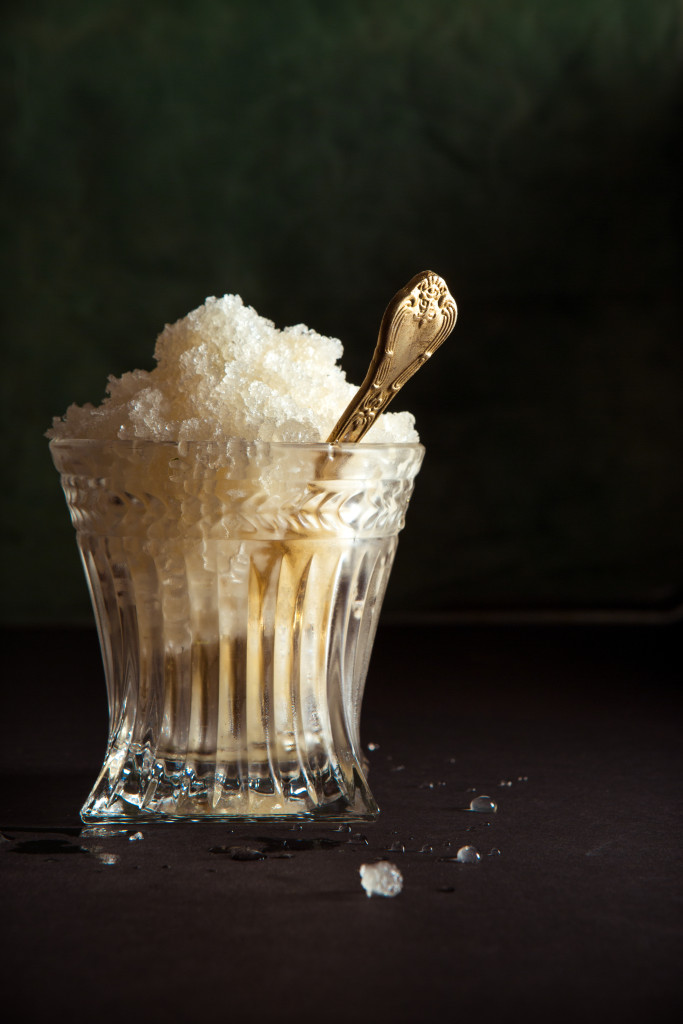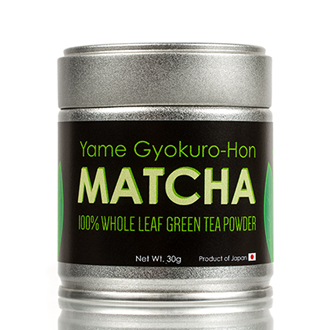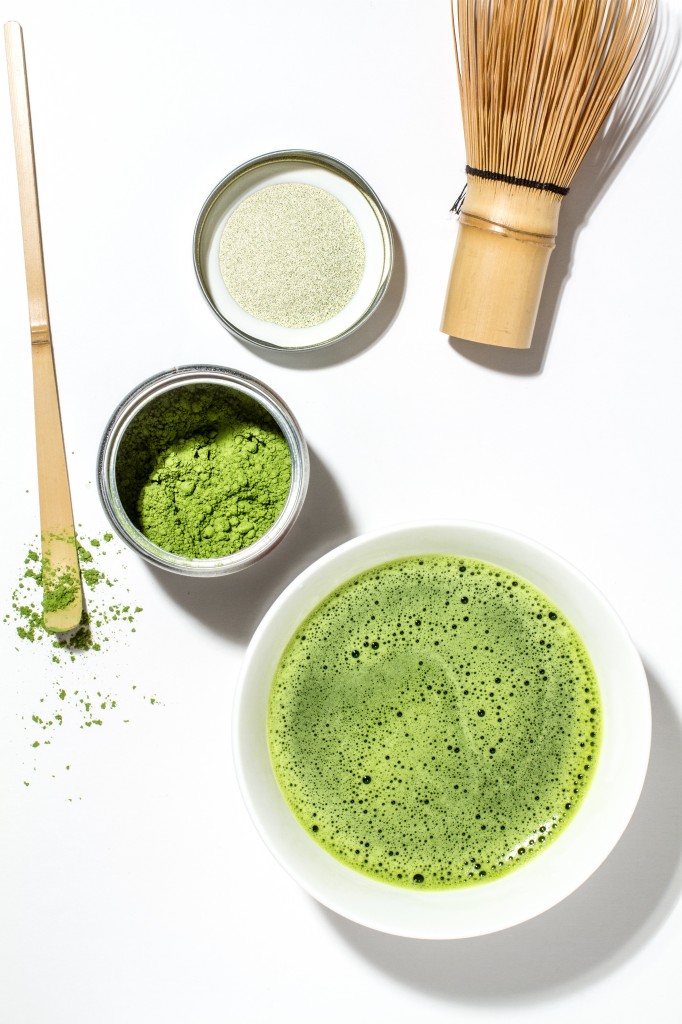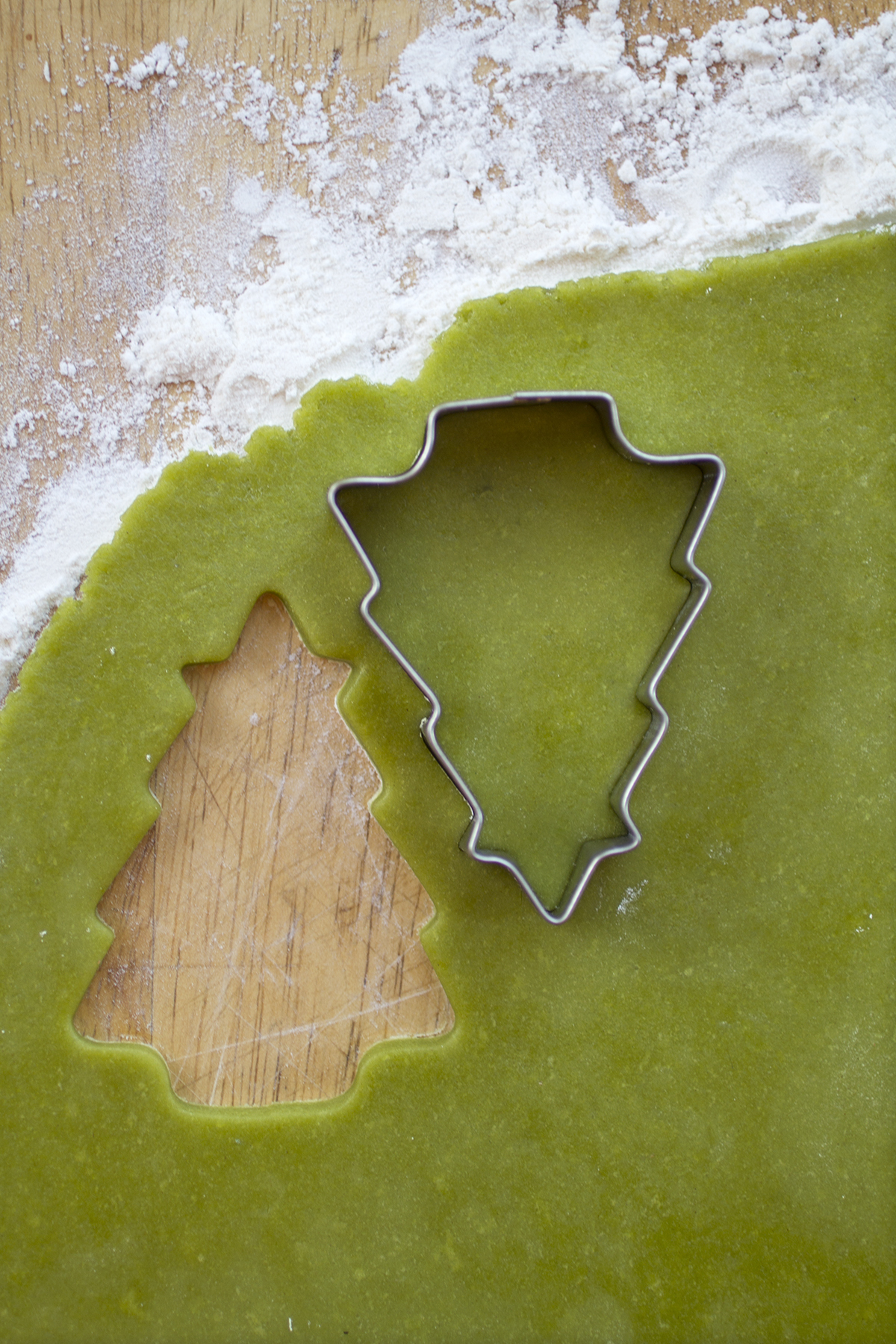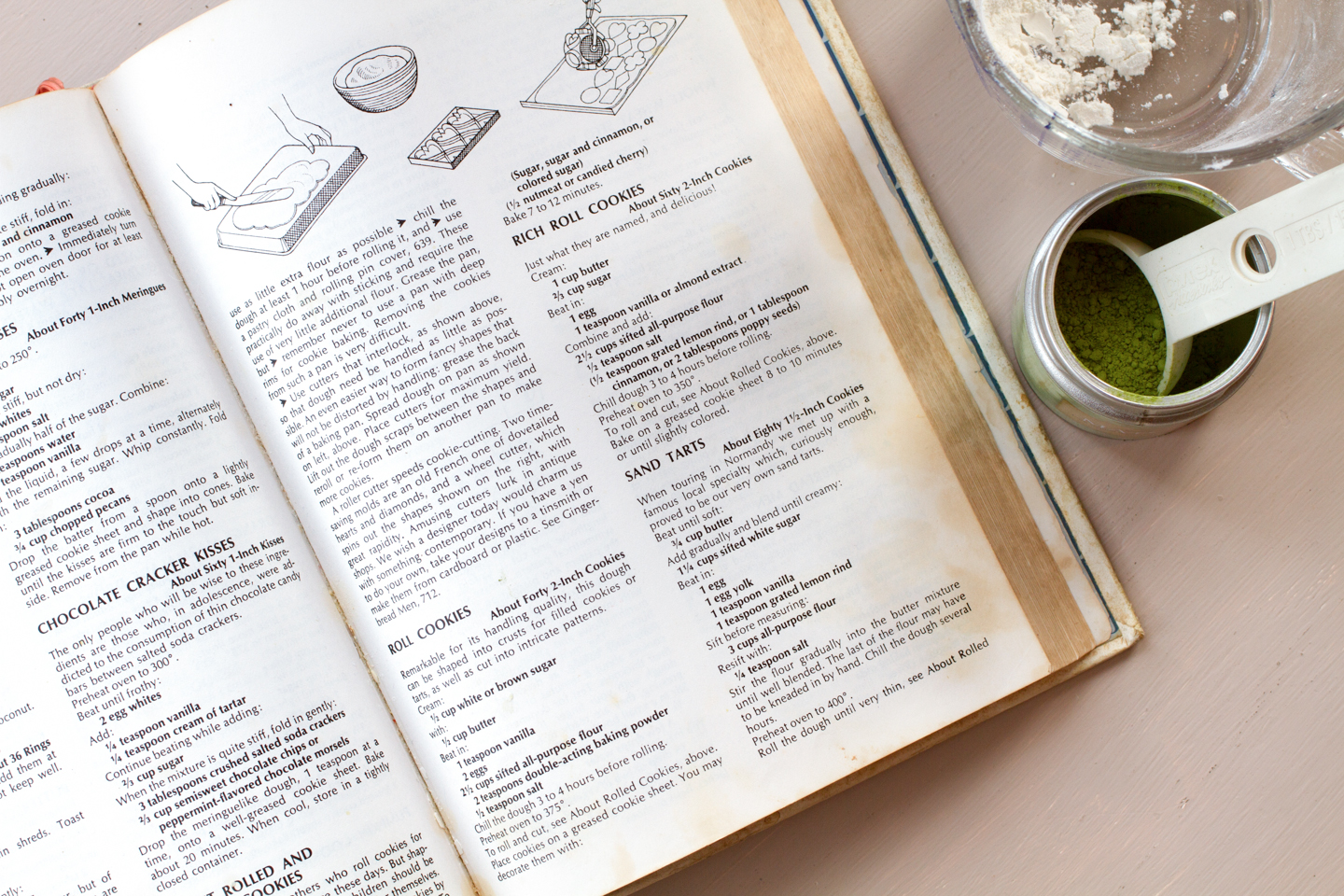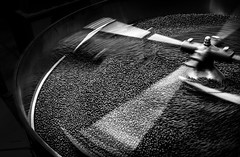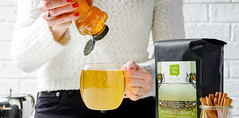Jasmine Honey Tea Granita
Thursday, August 27th, 2015 by Andrew
If you’ve followed our recipes lately, you know we’re fans of fancy looking frozen desserts that require no machine and little effort. Continuing in that tradition, we present the refreshing tea granita! If you’ve never had a granita, it is usually made with water, sugar, and flavor, sometimes fresh fruit, and has a unique texture somewhere between sorbet and shaved ice. It’s exactly what you want on a hot day and a refreshing way to enjoy the sweet, floral flavor of our Jasmine First Grade green tea.
Ingredients
3 cups near-boiling water
2 teaspoons Jasmine First Grade loose leaf green tea (or two tea bags)
¼ cup honey
Instructions
- Steep tea for 2.5 minutes. Green tea has a tendency to become bitter with over-steeping, so be sure to strain the leaves out at this point.
- Add honey and stir well.
- Pour the sweetened tea into a freezer safe container. The deeper the liquid, the longer the “granitafying” takes. We used a shallow 8×8 pan.
- Freeze for one hour, or until ice crystals begin to form around the edges.
- Remove and stir the crystals into the liquid. Return to the freezer for 20 minutes and repeat. Continue this process as the mixture hardens, scraping the surface with a fork as it solidifies, until fully frozen and fluffy.
- Store in the freezer until ready to serve. If it solidifies too much, let it thaw a little in the fridge and re-fluff with a fork.
If you’ve followed our recipes lately, you know we’re fans of fancy looking frozen desserts that require no machine and little effort. Continuing in that tradition, we present the refreshing tea granita! If you’ve never had a granita, it is usually made with water, sugar, and flavor, sometimes fresh fruit, and has a unique texture somewhere between sorbet and shaved ice. It’s exactly what you want on a hot day and a refreshing way to enjoy the sweet, floral flavor of our Jasmine First Grade green tea.
Ingredients
3 cups near-boiling water
2 teaspoons Jasmine First Grade loose leaf green tea (or two tea bags)
¼ cup honey
Instructions
- Steep tea for 2.5 minutes. Green tea has a tendency to become bitter with over-steeping, so be sure to strain the leaves out at this point.
- Add honey and stir well.
- Pour the sweetened tea into a freezer safe container. The deeper the liquid, the longer the “granitafying” takes. We used a shallow 8×8 pan.
- Freeze for one hour, or until ice crystals begin to form around the edges.
- Remove and stir the crystals into the liquid. Return to the freezer for 20 minutes and repeat. Continue this process as the mixture hardens, scraping the surface with a fork as it solidifies, until fully frozen and fluffy.
- Store in the freezer until ready to serve. If it solidifies too much, let it thaw a little in the fridge and re-fluff with a fork.

